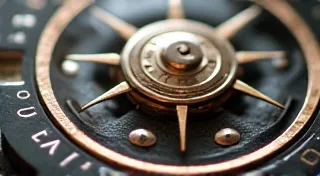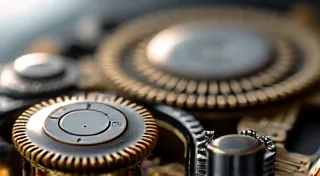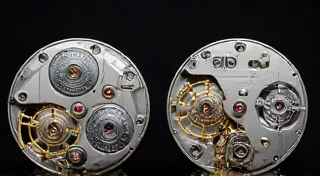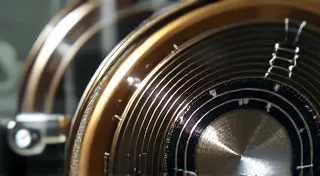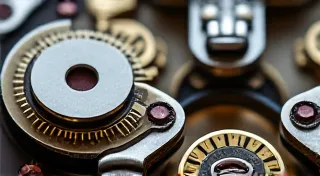Moya/Tissot Movements: An Overview of Their History and Identification
The world of mechanical watchmaking is a tapestry woven with intricate movements, each a testament to the ingenuity and skill of watchmakers past. Among these, the story of Moya and its close relationship with Tissot represents a fascinating chapter. While "Moya" itself isn't a widely recognized brand today, its movements, often rebranded and utilized by Tissot, are crucial in understanding the evolution of Swiss watchmaking. This article delves into the history of Moya, explores its link to Tissot, and provides guidance on identifying these movements.
The Moya Story: A Post-War Swiss Movement Maker
Following World War II, Switzerland experienced a surge in the demand for affordable, reliable timepieces. This led to the rise of "établissements," companies that produced standardized movements for other brands to use in their watches. Moya was one such établissement, based in Moutier, Switzerland. Its origins are somewhat obscure, but it emerged in the late 1940s and became a significant supplier of movements throughout the 1950s and 1960s. Unlike many other movement manufacturers, Moya’s operations were relatively small and focused primarily on movement production rather than complete watch assembly. This allowed them to offer competitive pricing and cater to a wide range of clients. The complexity of these movements and the skill required to craft them highlight the precision involved in Swiss watchmaking—a precision that influenced the entire industry.
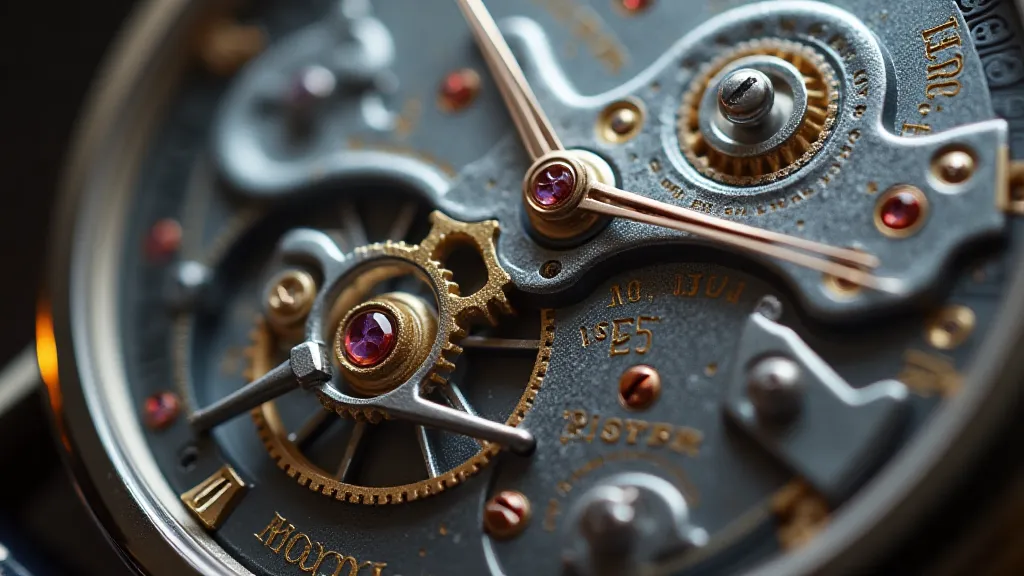
The Tissot Connection: A Symbiotic Relationship
Tissot, a well-established and respected Swiss watch manufacturer, was one of Moya’s most significant clients. Rather than developing entirely new movements in-house, Tissot frequently sourced them from établissements like Moya. These Moya movements were often subtly modified or branded with the Tissot name, blending seamlessly into Tissot’s product line. This practice was common at the time, allowing Tissot to maintain competitive pricing and broaden its range of available models without the significant investment required for in-house movement development. The decorative elements applied to many movements, like Geneva stripes or perlage, significantly contributed to their overall appeal - a subject explored in detail in our article on Watch Movement Decoration.
The collaboration was mutually beneficial. Moya gained a major customer and increased production volume, while Tissot secured a reliable supply of high-quality movements, preserving its reputation for Swiss precision. While most Tissot watches from the 1950s through the 1970s did not prominently display the "Moya" name, the inner workings of many of them are a direct result of Moya’s craftsmanship. Understanding the mechanics involved necessitates understanding the evolution of core components like the Swiss lever escapement, a journey we’ve chronicled in The Evolution of the Swiss Lever Escapement.
Identifying Moya Movements: Key Characteristics
Identifying a Moya movement can be tricky, as they were rarely branded as such within the finished watch. However, several characteristics can help differentiate them. Here's what to look for:
- Movement Caliber Numbers: Moya movements often used caliber numbers in the 24xx, 28xx, and sometimes the 11xx range. While not exclusive to Moya, these ranges are frequently associated with their production. For example, the popular 2800 series were commonly used by Tissot and originated from Moya.
- Movement Aesthetics: Moya movements typically exhibit a clean, functional aesthetic. They are well-finished, although not necessarily elaborately decorated like some high-end movements. Look for a silver or brass-plated finish, and evidence of careful assembly.
- “Swiss Made” Markings: Like most Swiss movements of the era, Moya movements will be marked with "Swiss Made" or similar indicators. This is a fundamental characteristic of movements produced in Switzerland during that period.
- Movement Bridges & Plates: Observe the layout of the movement bridges and plates. Moya movements had a particular style, which, once familiar, can become a distinguishing characteristic. The specific arrangement of the main plate and the positioning of the balance wheel are good points of comparison.
- Serial Numbers: Serial numbers, if present, can occasionally provide clues, although they rarely directly identify the manufacturer.
Common Moya/Tissot Movement Examples & Identification Tips
Here are a few specific examples to illustrate how to identify Moya/Tissot movements:
- Moya 2400: This movement is a smaller, hand-wind caliber. It's easily recognizable by its compact size and simple design. Often found in smaller Tissot dress watches of the 1950s.
- Moya 2800 (including 2801, 2802, 2806): A very common automatic movement used extensively by Tissot throughout the 1960s and 1970s. Look for a 28,800 beats per hour frequency and a date function on many variations. The "Incabloc" shock protection system was frequently incorporated into these movements. The complexity of such a movement necessitates careful craftsmanship and meticulous attention to detail.
- Moya 11xx: A less common, but still significant, hand-wind movement. Often found in vintage Tissot pieces.
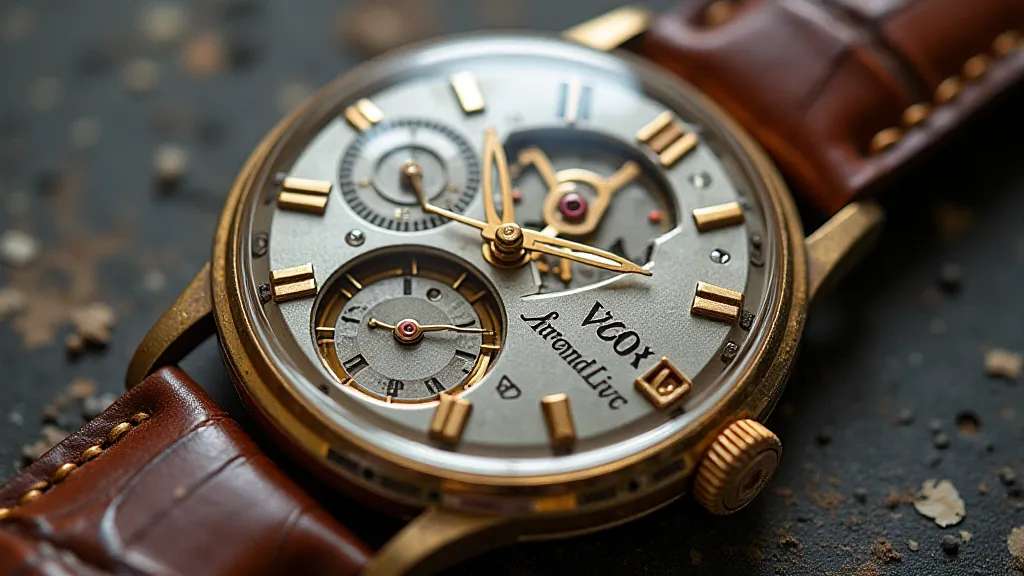
The Decline of Moya and its Legacy
The rise of quartz technology in the 1970s dramatically impacted the Swiss watch industry. The need for traditional mechanical movements diminished, leading to the decline of many établissements, including Moya. Production ceased in the mid-1970s. It's fascinating to consider how the pursuit of innovation sometimes leads to the obsolescence of even the most skilled craftsmanship. However, Moya left a lasting impact on Swiss watchmaking, particularly through its collaboration with Tissot. The quality and reliability of these movements ensured their continued use in vintage Tissot watches, making them prized possessions for watch collectors today. Many of the movements produced were adorned with intricate patterns, making each one a work of art – a concept explored further in our detailed look at Rare and Unusual Watch Movements.
The story of Moya serves as a reminder of the vital role that établissements played in the Swiss watchmaking ecosystem and the complexity of tracing a timepiece's origins. The dedication to precision and artistry inherent in these movements resonates even today, influencing modern watchmaking practices. Examining the internal components of vintage movements reveals a world of miniature engineering – a far cry from the standardized pieces often found in contemporary timepieces.
Resources for Further Research
While Moya itself is not extensively documented, here are some avenues for deeper exploration:
- Watch Repair Forums: Online watch repair forums often contain discussions about Moya and Tissot movements.
- Vintage Watch Collector Communities: Connecting with experienced vintage watch collectors can provide invaluable insight.
- Movement Databases: Several online databases catalog different watch movements, which can be helpful for identification.
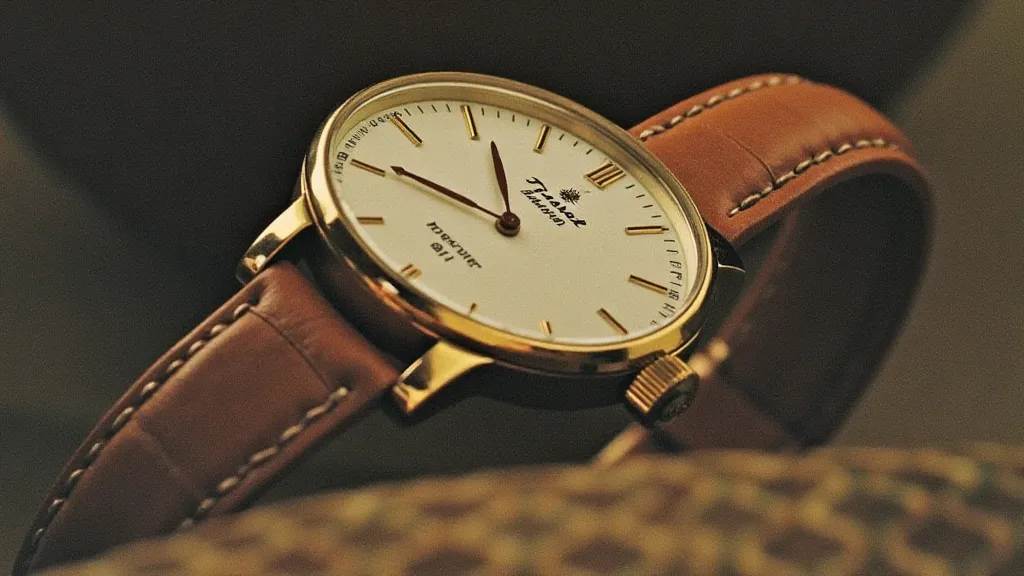
Understanding the history and identifying Moya/Tissot movements enhances the appreciation for these mechanical marvels. It is a journey into the heart of Swiss watchmaking, revealing the contributions of often-overlooked players and solidifying the value of these enduring timepieces. The pursuit of horological excellence continues, driven by the legacy of pioneers like Moya and the enduring appeal of mechanical craftsmanship.
